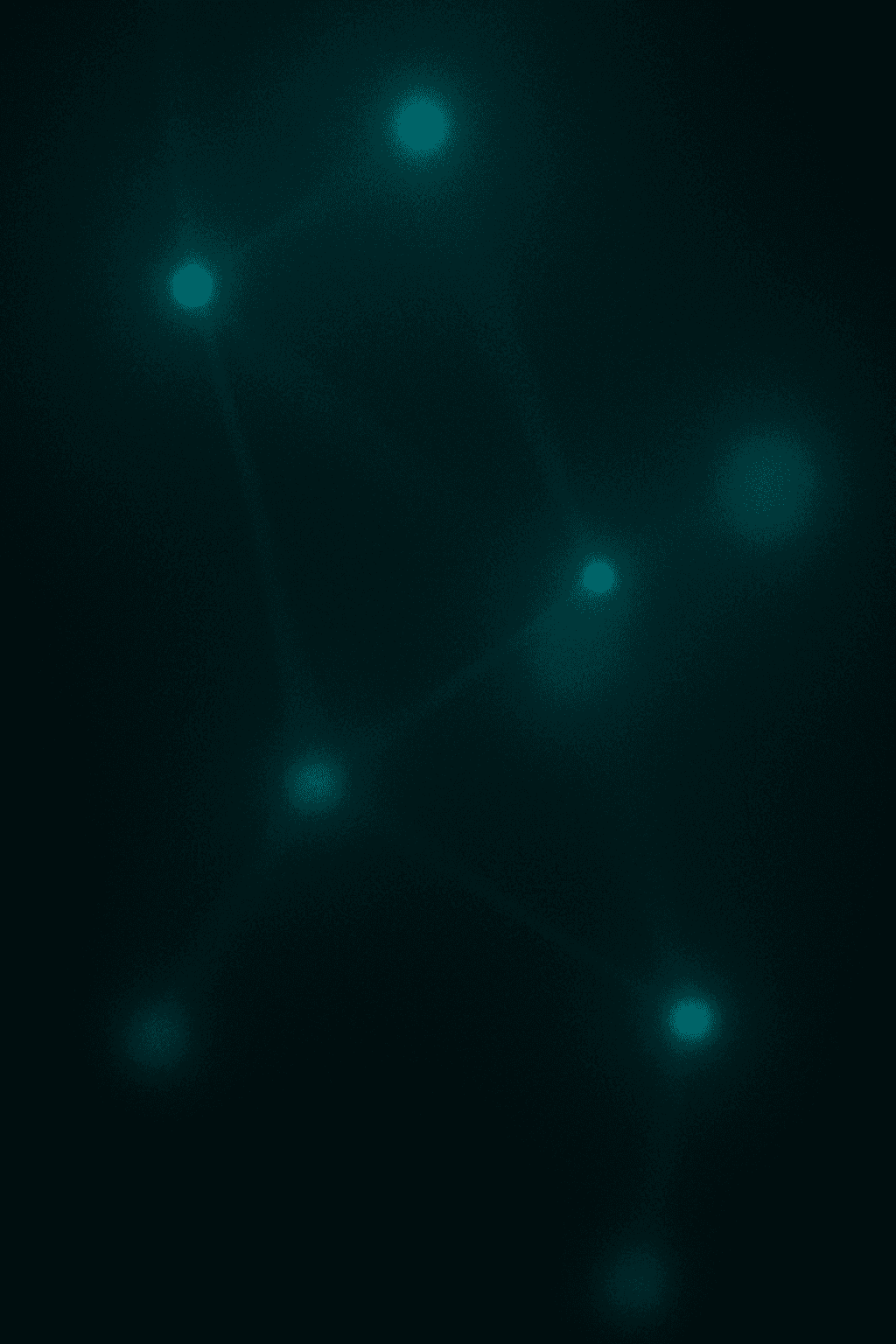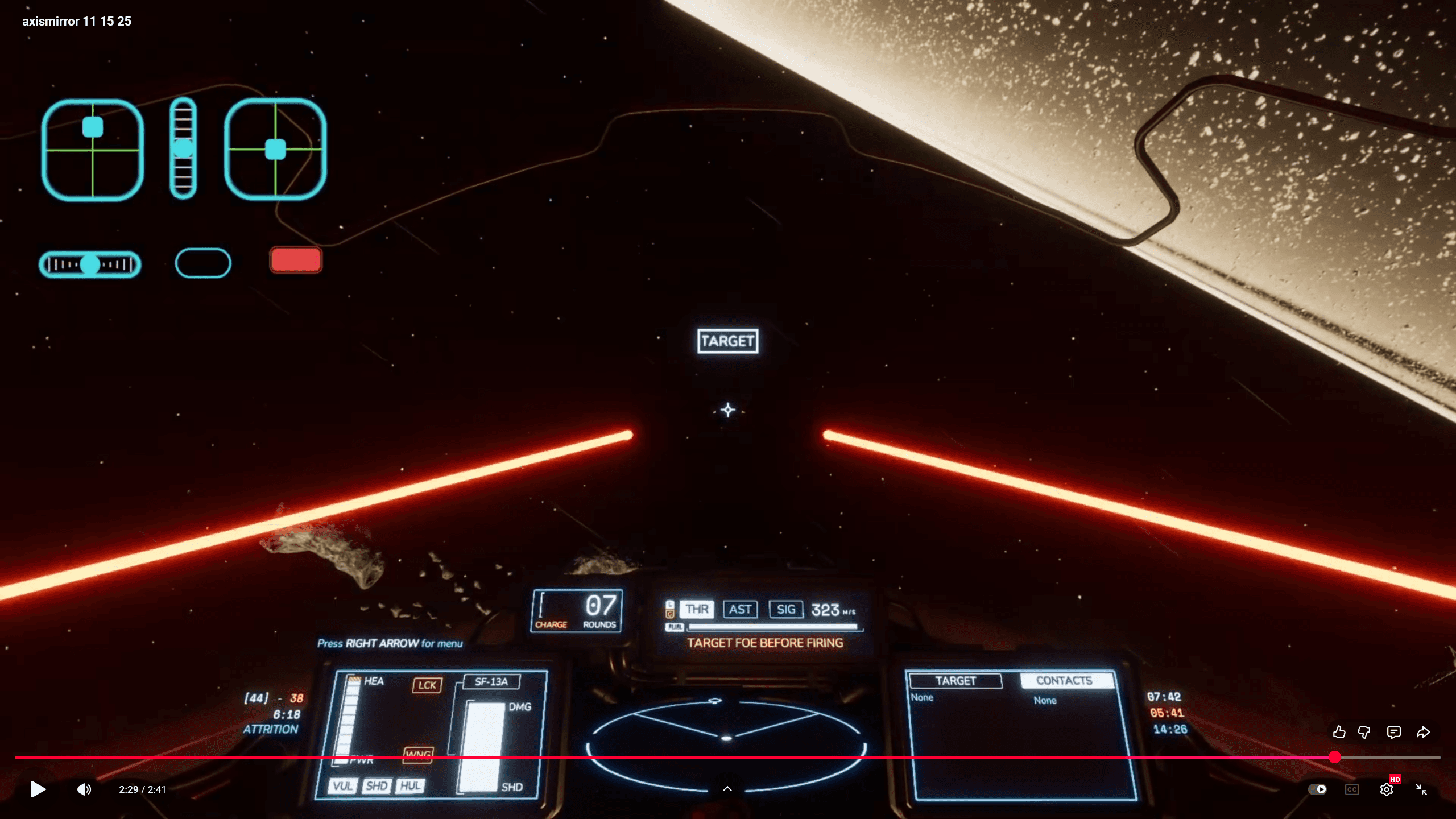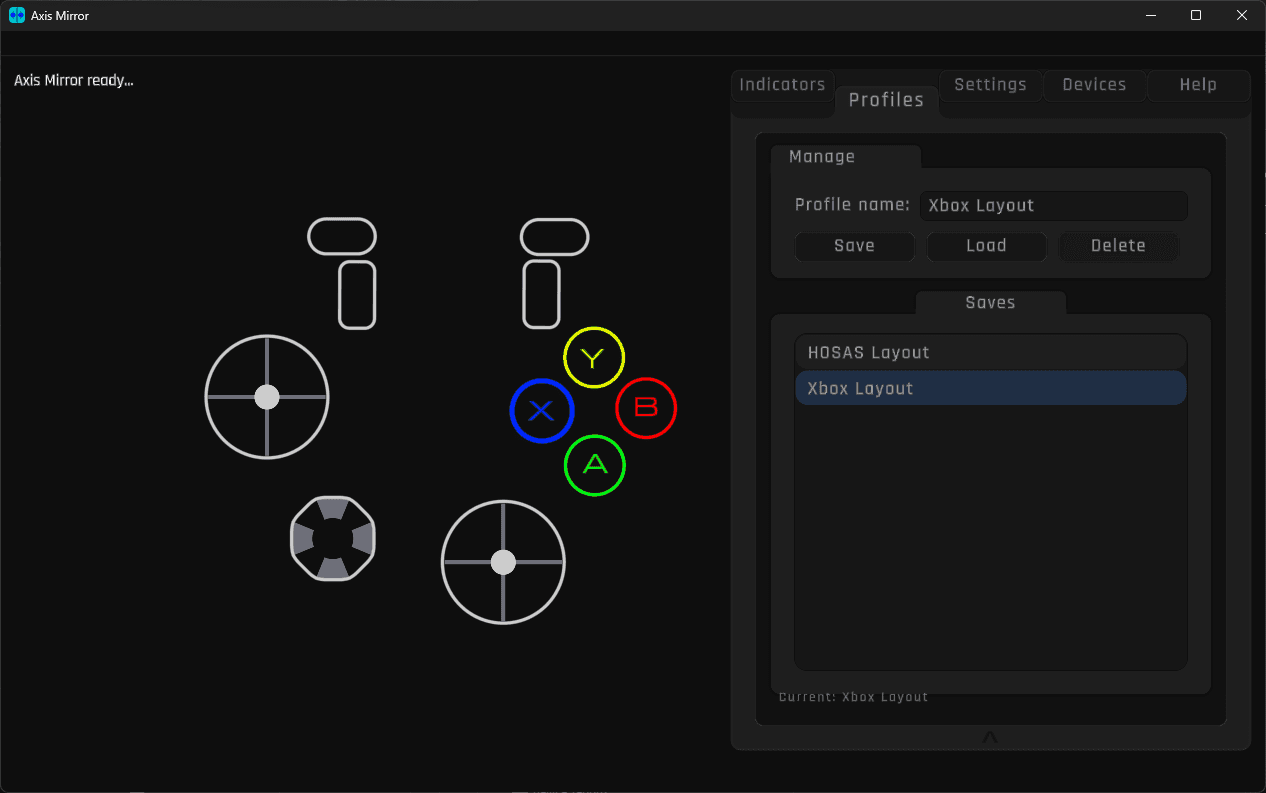
Belegrade’s Studio © 2025




See AxisMirror in action (live OBS capture)
It shows joystick, pedal, and button inputs in real time with clarity, precision,
and minimal latency—so you can see what your hardware is actually doing,
not what you think it’s doing.
AxisMirror is a professional-grade input visualization overlay for OBS and live analysis.
Built from the ground up with a custom device manager that goes beyond standard input frameworks, AxisMirror gives pilots, racers, and simulation enthusiasts a clean, reliable view of what their hardware is actually doing—signal, not noise.
Designed with the same philosophy as high-performance engineering—quiet confidence and flawless execution—AxisMirror stays out of your way and lets your inputs speak for themselves.
Whether you're flying through stars, racing across circuits, or streaming your gameplay to the world, AxisMirror delivers precise input visualization with style.
🔹Train. Improve. Teach. Succeed.🔹
Train — See what your hands are actually doing during drills and practice.
Improve — Spot bad habits, dropped inputs, and timing issues instantly.
Teach — Explain technique clearly without pausing gameplay.
Succeed — Bring coaching, analysis, and content together in one tool.
🔹Who it’s for🔹
Players who want a lab view of their execution.
Coaches / teachers running sessions or making tutorial videos.
Streamers who want a clean, readable controller overlay on top of the game.
🔹 Key Features🔹
Real-Time Input Visualization
Joysticks, throttles, pedals, buttons, and gamepads with minimal latency.
Dynamic Axis Indicators
Dual-axis, rudder, and throttle visualizations designed for sim hardware.
Fully Customizable Layouts
Add, remove, move, and arrange indicators freely.
Profiles & Presets
Swap complete layouts instantly between games or scenes.
Broadcast-Ready Output
Clean, transparent overlays for OBS, Streamlabs, and capture tools.
Built on the Celeris Engine
Native-style device handling for physical, virtual, and remapped inputs.
AxisMirror is actively developed.
Join the Discord to share feedback, suggest features, and help shape what comes next.
Belegrade’s Studio © 2025